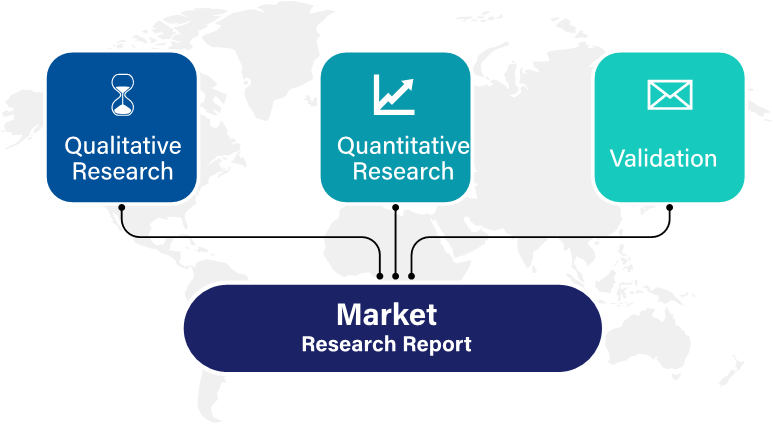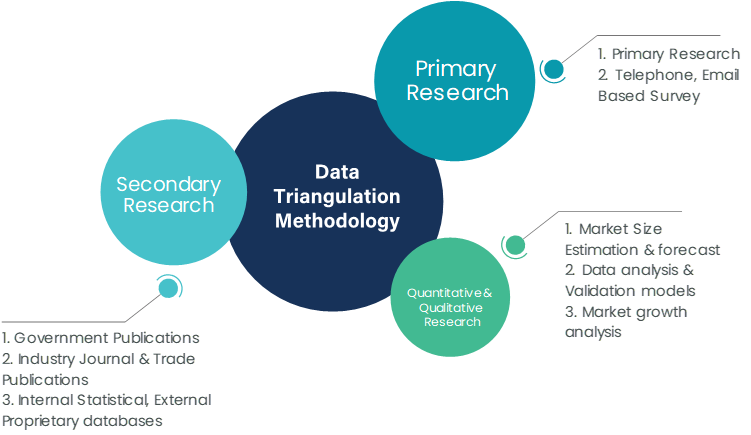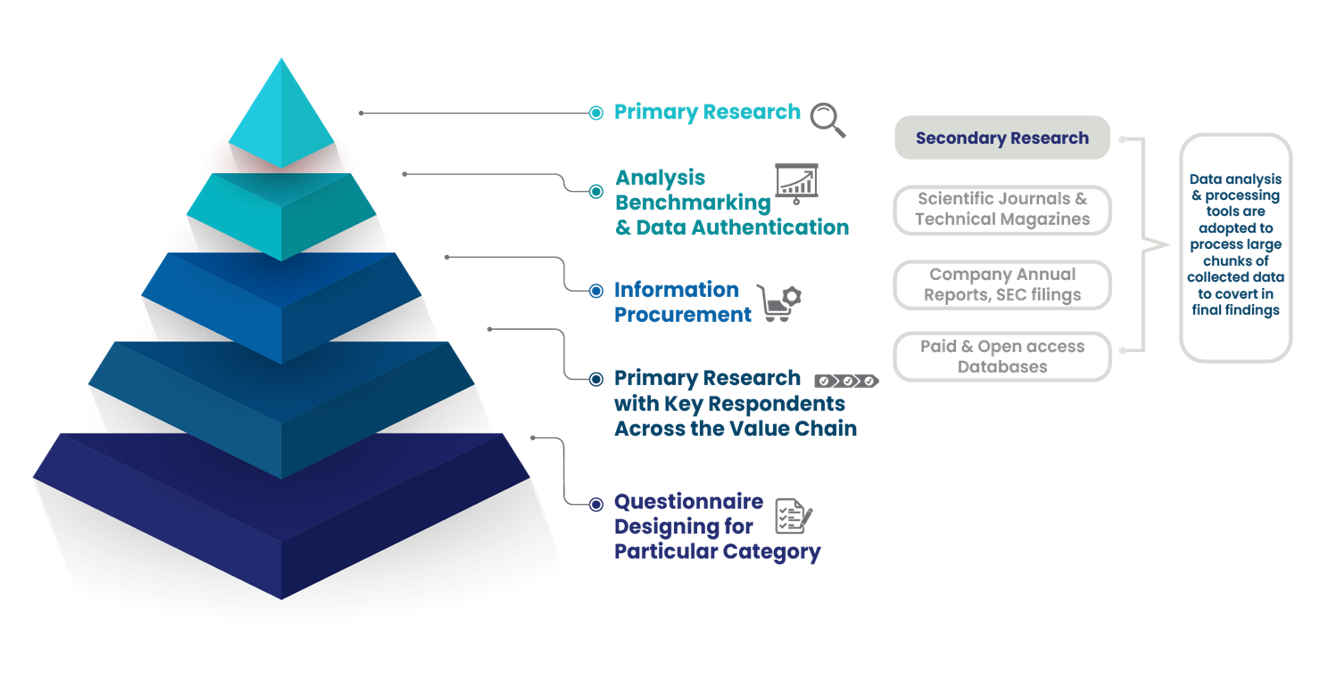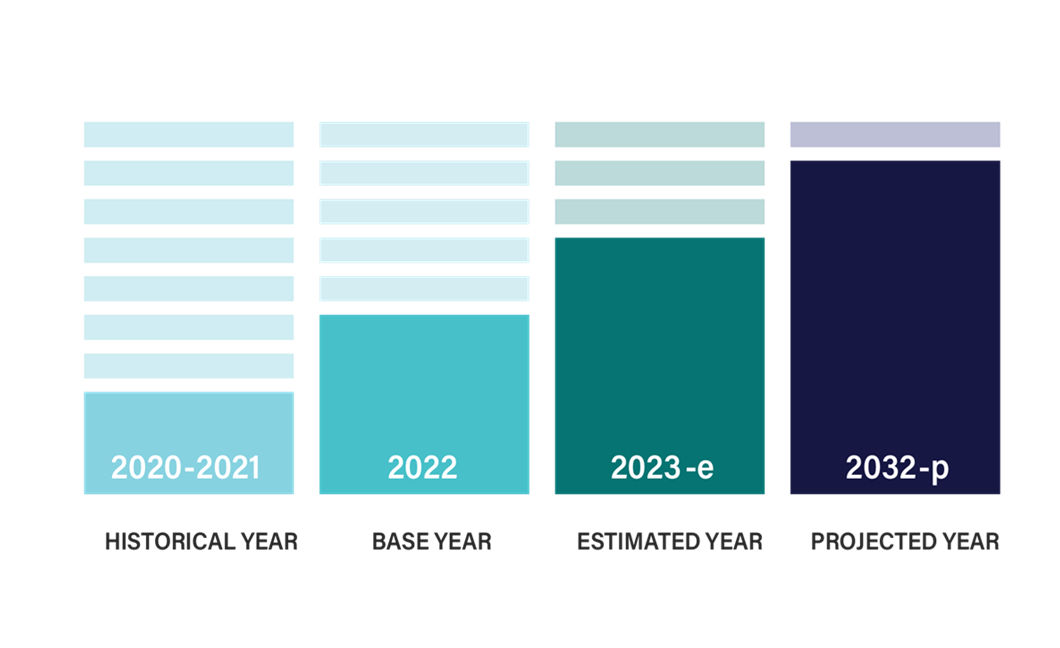

The global oil and gas pumps market continues to evolve rapidly, driven by technological advancements, rising energy demands, and increasing exploration and production activities. This report by International Market Research (IMR) provides an in-depth analysis of market dynamics, key trends, and future projections from 2024 to 2031.
Market Overview
In 2023, the global oil and gas pumps market was valued at approximately USD 9.6 billion and is expected to grow at a compound annual growth rate (CAGR) of 4.8% during the forecast period, reaching USD 14.3 billion by 2031. Growth is primarily driven by the recovery of oil prices, increasing energy consumption in emerging economies, and advancements in pumping technologies that enhance efficiency and reliability.
The oil and gas sector remains a cornerstone of global energy supply, with pumps playing a critical role in operations such as drilling, extraction, transportation, and refining. As companies seek to optimize production processes, the demand for high-performance and energy-efficient pumps is increasing.
Key Drivers and Opportunities
1. Rising Exploration and Production Activities
The ongoing search for untapped oil and gas reserves has led to a surge in exploration activities, especially in offshore and deepwater regions. These ventures require robust pumping solutions to ensure seamless operations under extreme conditions.
2. Focus on Energy Efficiency
Governments and corporations are increasingly prioritizing sustainability, driving the demand for energy-efficient equipment. Advanced oil and gas pumps equipped with smart monitoring systems and variable frequency drives (VFDs) are gaining traction, offering reduced energy consumption and operational costs.
3. Growing Investment in LNG Infrastructure
The expansion of liquefied natural gas (LNG) projects, particularly in the Asia-Pacific and Middle East regions, is boosting the demand for specialized cryogenic pumps. These pumps are essential for handling and transporting LNG safely and efficiently.
4. Technological Innovations
Innovations such as IoT-enabled pumps, predictive maintenance solutions, and improved material coatings are revolutionizing the oil and gas pumps market. These advancements enhance durability, reduce downtime, and improve overall operational efficiency.
Market Segmentation
The oil and gas pumps market can be segmented by type, application, and region:
By Type:
By Application:
By Region:
Competitive Landscape
The oil and gas pumps market is highly competitive, with key players focusing on innovation, mergers and acquisitions, and strategic partnerships to gain a competitive edge.
Trends Shaping the Market
1. Digitalization and Automation
Digital transformation is reshaping the oil and gas industry, with smart pumps that integrate IoT and AI technologies becoming standard. These systems enable real-time monitoring, predictive analytics, and remote operation, improving efficiency and reducing maintenance costs.
2. Demand for Multiphase Pumps
As unconventional oil and gas resources gain importance, the demand for multiphase pumps capable of handling gas, oil, and water mixtures is on the rise. These pumps eliminate the need for traditional separation processes, reducing costs and infrastructure requirements.
3. Focus on Sustainability
The global push for greener energy has led to the adoption of pumps with lower emissions and enhanced energy efficiency. Manufacturers are exploring sustainable materials and designs to align with environmental standards.
Challenges and Restraints
Despite its growth prospects, the oil and gas pumps market faces challenges, including:
Key Players
Future Outlook
The oil and gas pumps market is poised for steady growth, driven by increased energy demands, technological advancements, and a shift towards sustainable practices. Key trends to watch include the integration of advanced monitoring systems, the rise of LNG infrastructure, and the growing focus on offshore exploration.
By 2031, Asia-Pacific is expected to dominate the market, accounting for over 38% of global revenue, followed by North America and the Middle East. Emerging economies will play a pivotal role, with investments in energy infrastructure and oilfield development driving demand for robust pumping solutions.
Conclusion
The oil and gas pumps market is undergoing significant transformation, with innovation and sustainability at its core. As the industry navigates challenges such as price volatility and regulatory pressures, manufacturers that prioritize efficiency, reliability, and adaptability will thrive. International Market Research (IMR) will continue to monitor these developments, providing valuable insights to help stakeholders make informed decisions in this dynamic market.
International Market Research follows a comprehensive research methodology dedicated to offering the most accurate market estimation and analysis. It leverages a data triangulation methodology to estimate the market dynamics and deliver precise estimations. The company exploits a combination of top-down and bottom-up approaches for classifying and assessing quantitative aspects of the market.

This research study is based on exhaustive quantitative and qualitative analysis.
The Quantitative analysis involves numerous models, mathematical tools, projection, and sampling techniques. It encompasses the following steps:
Recognize market variables and derive market size.
Valuation of prospects, opportunities, and market penetration rates by analyzing Application Predictive Maintenance Solutionzation, regional trends, etc.
Gauge historical market trends and derive present and future year-on-year growth trends
The qualitative analysis covers briefing about market dynamics and business opportunities and strategies. Lastly, all the research findings are authenticated over interviews with in-house industry experts, freelance consultants, and key opinion leaders, etc.


The preliminary raw data and relevant information are acquired via different sources such as secondary findings, trade surveys, and in-house repositories. Technical issues and trends are attained from technical symposia, surveys, and trade journals. Market dynamics such as driving factors, restraints/challenges, pricing trends, and opportunities are also collected using extensive secondary research via paid and open access data sources.
This info is then filtered to make sure that the related data including market trends, industry dynamics, and outlook is retained for the further research End-user. Data is constantly filtered to confirm that only authenticated sources are measured.
It comprises analysis & mapping of all the data gathered from the above step. It also includes the analysis of data differences observed across numerous data sources and arrives at final data points to be used for final calculations.
This step involves data End-user using various models, mathematical tools, projection, and sampling techniques to derive market findings. It also involves the placement of data points at suitable market spaces to gather viable conclusions.
Market estimates and forecasts are derived via simulation models. Collected data for market dynamics, Propulsion Type sets, pricing trends, and Type development is fed into the model and evaluated simultaneously. These factors are studied on a comparative basis, and their influence over the prediction period is quantified by means of regression, correlation, and time-series exploration. Analyst viewpoint & subject matter expert-based heuristic form of market sizing also plays an essential part in this step.
Some of the parameters measured as a part of the statistical model are:
Macro-economic indicators
Micro-economic indicators
Socio-political indicators
Environmental indicators
Propulsion Type indicators
Validation End-user aids to finalize data points to be used for final calculations. Primary Interviews are conducted to authenticate the data and analysis.
Primary research includes questionnaire-based research, email interactions, online surveys, and telephonic interviews. Interviewees are approached by prominent companies across the value chain including suppliers, Propulsion Type providers, domain experts, and buyers to ensure a holistic and unbiased picture of the market.
Industry participants involved in this research study include:
CEOs, VPs, market intelligence managers
Procuring and national sales managers technical personnel, distributors, and resellers
Research analysts and key opinion leaders from various domains
Our research methodology includes an ideal combination of primary and secondary initiatives.

Source: International Market Research Analysis, 2024
It involves company databases such as Hoover's: This assists us to recognize financial information, the structure of the market participants, and the industry competitive landscape.
The secondary research sources referred to in the End-user are as follows:
Supply Chain and Inventory Managemental bodies, and organizations creating economic policies
National and international social welfare institutions
Company websites, financial reports and SEC filings, broker and investor reports
Related patent and regulatory databases
Statistical databases and market reports
Corporate Presentations, news, press release, and specification sheet of Manufacturers
Open access and paid data sources:
Eurostat
Statista
OneSource
Plastemart
WHO and World Bank
ITU
Factiva
Hoovers
Primary research includes online surveys and telephonic interviews.
Means of primary research: Email interactions, telephonic discussions, and questionnaire-based research, etc.
To validate our research findings and analysis, we conduct primary interviews of key industry participants. Insights from primary respondents help in validating the secondary research findings. It also develops Research Team’s expertise and market understanding.
Industry participants involved in this research study include:
CEOs, VPs, market intelligence managers
Procuring and national sales managers technical personnel, distributors, and resellers
Research analysts and key opinion leaders from various domains
We employ of following parameters in the absence of concrete data sources:
We assign weights to various parameters and quantify their market influence with the help of weighted average analysis, to derive an expected market growth rate
Income distribution, purchasing pattern, per capita income, and other end-user associated parameters
GDP, inflation rate, per capita disposable income, etc.
Expenditure, financial policies of the country, infrastructure and sector growth, and facilities

Source: International Market Research Analysis, 2024
International Market Research(IMR) is global leader in Market Research & Consulting services.